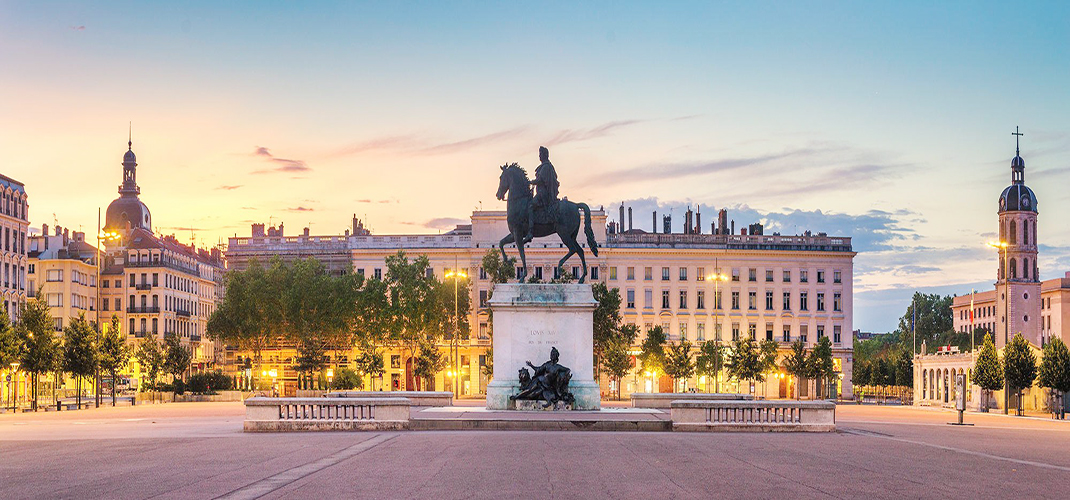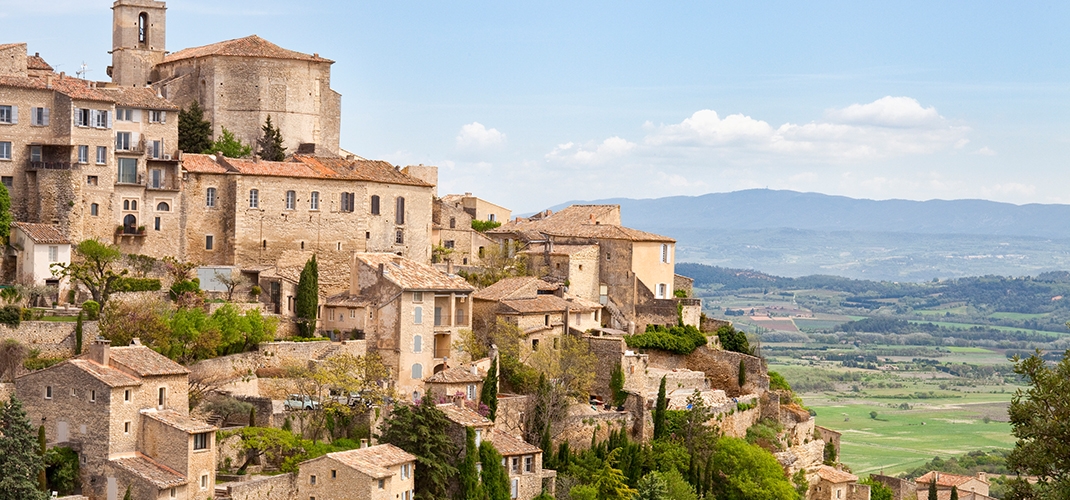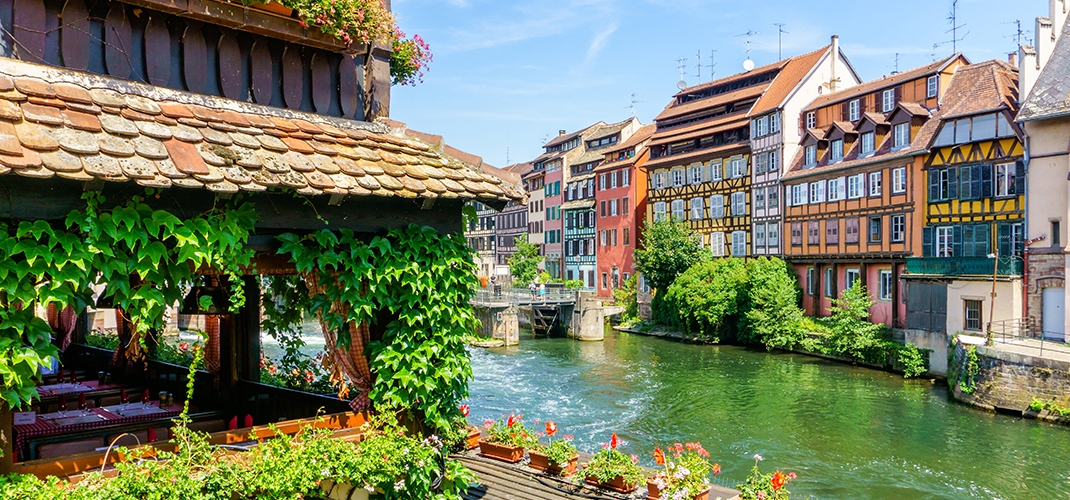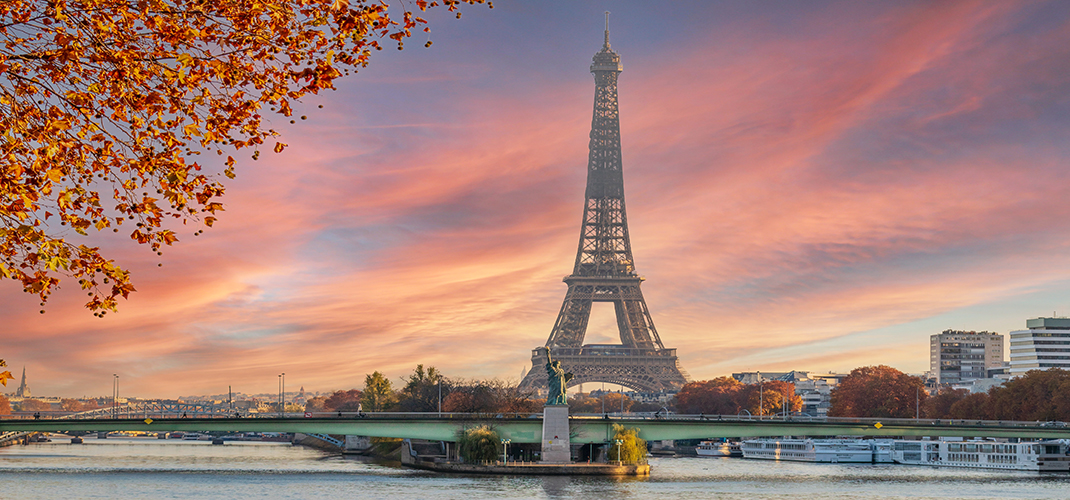Lyon

Lyon is the second most important city in France after Paris with a history that dates back to Roman times. Lyon is a UNESCO World Heritage Listed city with Renaissance architecture and buildings, ancient ruins and a stunning medieval quarter with the Vieux Lyon or Old Lyon neighbourhood, found along the Rhône and Saône Rivers reflecting the city's rich heritage. The city is also the capital of French Gastronomy, which was headed by the legendary French chef Paul Bocuse for years. Lyon is a superb destination to enjoy the authentic cuisine at one of the numerous Bouchon’s Lyonnais, a friendly family run cosy bistro that offers simple yet quite delicious regional meals. Also not to be missed is the famous covered marketplace of Les Halles de Lyon Paul Bocuse. Here you will find 48 different shops and restaurants offering their regional products.
The Quartier Saint-Jean and Colline Croix-Rousse district have quite enchanting characters, while the Presqu'ile illustrates a 19th Century elegance. These captivating Old Town historic quarters are the best places to enjoy some of Lyons old world charm and tastes. Quartier Saint-Jean is where you will find that old world ambience of Vieux Lyon. This medieval quarter just north of the Cathedral are filled with small narrow cobblestone lanes and quiet courtyards. Colline de la Croix-Rousse was built on the slopes of a hillside with its covered passageways that run through courtyards and buildings. This historic neighbourhood has many architectural curiosities and hidden Traboules to discover.
Lyon's Presqu'ile district is situated on a piece of land, on an island within the river. This neighbourhood is distinguished by its beautiful architecture and monumental town squares like the Place des Terreaux. Lyons's most beautiful square in the Presqu'ile district is the Place Bellecour, situated between the Rhône and Saône Rivers. The square's centrepiece is an equestrian statue of Louis XIV. There are many elegant 19th Century buildings that line both sides of the square and from the north side there are stunning views of Fourvière Hill.
Quartier Saint-Georges is a great place to go and see a marionette performance. The Théâtre La Maison de Guignol Puppet Theatre is only a short walk from the 12th Century Cathédrale Saint-Jean-Baptiste with its 13th-14th Century stained glass windows and Astronomical Clock. The Cathédrale is largely Romanesque with a Gothic façade and has an extraordinary bell that was cast in 1622 called Anne-Marie de la Primatiale. It is one of the largest ever made and is only rung on Catholic feast days. For exceptional views of the Cathédrale from a distance head to the embankment close to the Pont Bonaparte bridge.
The Abbaye Saint-Martin d’Ainay is the oldest Church in Lyon, built in the 11th Century on the site of a 4th Century Roman Temple. Originally the 6th Century Abbey Church was owned by a Benedictine Abbey and it is a wonderful example of Romanesque architecture.
Located in an opulent 19th Century building on the Place de la Comédie is the Opéra de Lyon with its regal dome. The Opéra de Lyon offers an extensive variety of opera’s as well as dance performances and classical music concerts.
One of the most impressive cultural heritage sites in Lyon is the Musée des Beaux-Arts, considered the next best fine arts museum in France after the Louvre. At the Place des Terreaux near the Hôtel de Ville or Town Hall, the museum occupies the 17th Century Palais Saint-Pierre, a former Benedictine Convent. The Musée des Beaux-Arts houses one of Europe’s largest artwork collections of paintings and sculptures from between the 14th – 20th Centuries. There is also an exceptional collection of renowned European masters including Rembrandt, Rubens, Delacroix, Géricault and Poussin.
Perched high up on the Colline de Fourvière hill, the Basilique Notre-Dame de Fourvière rises to a height of 130 metres above the Saône River. The Basilica is accessible by funiculars that run up the hill. This stunning Church was built after the Franco-Prussian War between the years of 1872-1884, when the people of Lyon vowed to create a Marian Sanctuary if their city was spared. The Basilica is a blend of Gothic and Byzantine styles with an ornately decorated interior. For some amazing panoramas over Lyon head to the Esplanade de Fourvière, on the left side of the Basilica where the views extend to the Croix-Rousse and the Terreaux districts, the Quartier Saint-Jean further down the hill and across to the Place Bellecour on the right.





